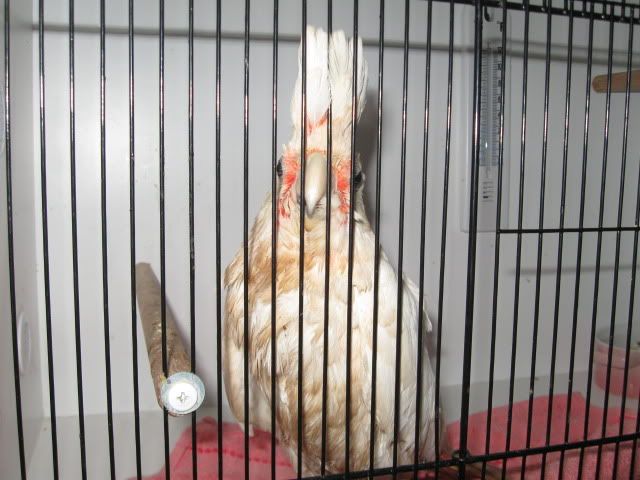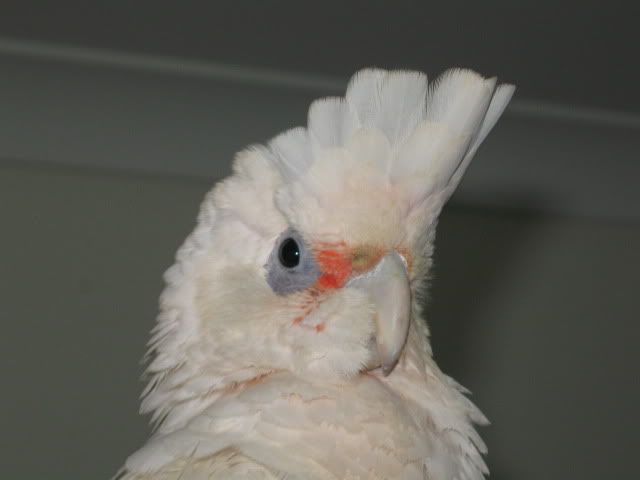Lorikeets, Cockatoos, lovebirds, king parrots, etc.BENSONSAN wrote:far out!! is this common in parrots!!?? Ive only got my pair of masked and there fine but this is a bit distressing would be horrible to have something nail all of your birds. Do many aussie parrots get it? And finches cant?
interested.
My understanding is that the parrot circovirus is a different strain to the finch circovirus and can’t be transferred between the species. Only the parrot circovirus can infect parrots.






